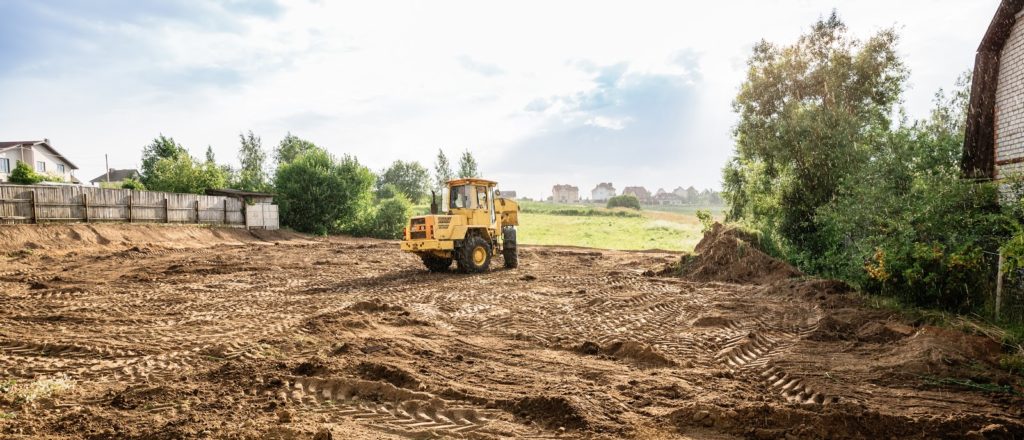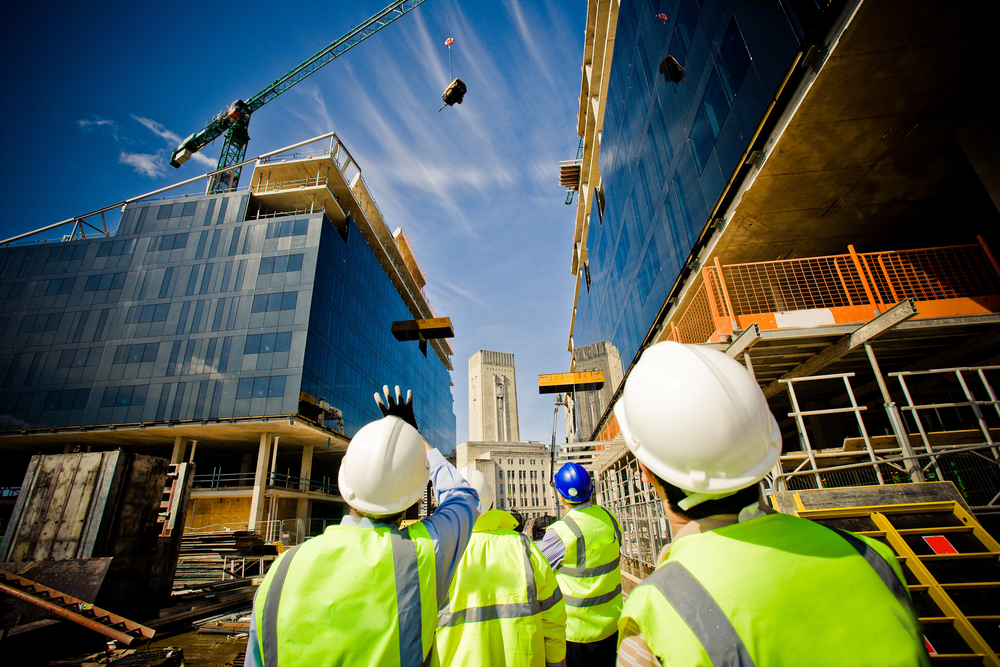How Construction Workers Can Pollute the Land: Causes and Solutions
Construction is an essential part of urban development, but it’s not without its environmental impacts. The activities of construction workers, while necessary for progress, can inadvertently lead to land pollution. In this article, we’ll delve into the various ways construction workers contribute to land pollution and explore potential solutions to mitigate these issues.
Land pollution resulting from construction activities is a pressing concern that requires immediate attention. Let’s explore the key causes and potential solutions to address this issue and pave the way for a more sustainable future.
Common Causes of Land Pollution in Construction
Harmful Construction Materials
Many construction materials, such as asbestos, lead-based paints, and treated wood, contain hazardous substances that can leach into the soil over time. When these materials are not handled or disposed of properly, they can release pollutants that contaminate the land.
Improper Waste Disposal
Inadequate waste management practices on construction sites can lead to the accumulation of debris, construction waste, and discarded materials. This waste can end up in landfills, further burdening the environment and potentially releasing harmful substances into the soil.
Soil Erosion
Construction often involves clearing large areas of land, which can strip away the natural vegetation that holds the soil together. Without this protection, soil erosion becomes more likely, causing sediment to wash into nearby water bodies and degrading the quality of the land.
Chemical Runoff
Chemicals used in construction, such as cement, concrete additives, and paints, can be carried away by rainwater and seep into the ground. This chemical runoff can introduce pollutants into the soil, affecting its composition and potentially harming plant life.
Impact of Land Pollution
Threat to Biodiversity
Land pollution disrupts ecosystems and habitats, threatening the survival of various plant and animal species. The contamination of soil can lead to reduced biodiversity and negatively impact the delicate balance of local ecosystems.
Groundwater Contamination
Pollutants from land can infiltrate the groundwater, a critical source of drinking water for many communities. Construction-related contaminants can lead to groundwater pollution, rendering water sources unsafe for consumption.
Health Concerns
Contaminated land can pose health risks to both construction workers and nearby residents. Exposure to pollutants from construction activities may lead to respiratory issues, skin problems, and other health complications.
Best Practices for Sustainable Construction
Use of Eco-Friendly Materials
Opting for environmentally friendly construction materials, such as recycled materials and low-VOC paints, can significantly reduce the impact of construction activities on land pollution.
Efficient Waste Management
Implementing proper waste segregation, recycling, and disposal procedures on construction sites can minimize the amount of waste that ends up in landfills and prevent soil contamination.
Erosion Control Measures
Adopting erosion control measures like installing silt fences, using ground cover, and establishing vegetative buffers can help prevent soil erosion and sediment runoff during construction.
Rainwater Harvesting
Collecting and storing rainwater for construction use reduces the need for groundwater extraction, minimizing the risk of groundwater pollution.
Government Regulations and Enforcement
Zoning and Land Use Laws
Zoning regulations guide appropriate land use, preventing construction activities that could harm sensitive ecosystems or lead to land pollution.
Waste Disposal Regulations
Strict enforcement of waste disposal regulations ensures that construction waste is managed responsibly, reducing the potential for soil contamination.
Site Remediation Standards
In cases of land contamination, government agencies establish remediation standards that construction companies must adhere to in order to restore polluted land.
Collaborative Efforts: Stakeholders and Communities
Public Awareness Campaigns
Raising awareness about the environmental impact of construction and involving the public in pollution prevention efforts can lead to more responsible construction practices.
Involvement of Local Communities
Engaging local communities in the planning and execution of construction projects encourages transparency and accountability, reducing the risk of land pollution.
Industry Partnerships
Collaboration between construction companies, environmental organizations, and government agencies can promote the adoption of sustainable construction practices and technologies.
Technological Innovations for Land Pollution Prevention
Advanced Construction Techniques
Innovative construction methods, such as modular construction and 3D printing, minimize waste generation and reduce the environmental footprint of construction activities.
Monitoring and Control Systems
Implementing real-time monitoring and control systems allows construction workers to track and manage potential sources of pollution more effectively.
Educational Initiatives for Construction Workers
Training on Environmental Impact
Providing construction workers with training on the environmental consequences of their activities encourages them to adopt practices that minimize land pollution.
Safe Handling of Hazardous Materials
Proper training in handling and disposing of hazardous materials ensures that construction workers take necessary precautions to prevent soil contamination.
Conclusion
Construction workers play a vital role in shaping our built environment, but their activities can inadvertently contribute to land pollution. By adopting sustainable practices, adhering to regulations, and embracing technological innovations, we can mitigate the negative impact of construction on land and create a healthier, more sustainable future.
FAQs
What is land pollution in construction?
Land pollution in construction refers to the contamination of soil and land due to various construction activities, such as improper waste disposal, chemical runoff, and soil erosion.
How does construction waste contribute to land pollution?
Construction waste, if not managed properly, can end up in landfills and release harmful pollutants into the soil, leading to land pollution.
What are some eco-friendly construction materials?
Eco-friendly construction materials include recycled materials, low-VOC paints, and sustainable building products that have a lower environmental impact.
How can construction companies reduce soil erosion?
Construction companies can reduce soil erosion by implementing erosion control measures like silt fences, ground cover, and vegetative buffers.
Why is groundwater contamination a concern in construction?
Groundwater contamination resulting from construction activities can render drinking water sources unsafe and pose health risks to communities.









